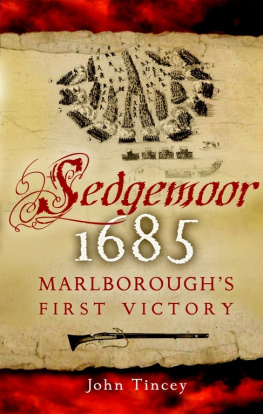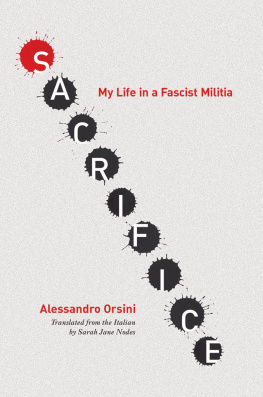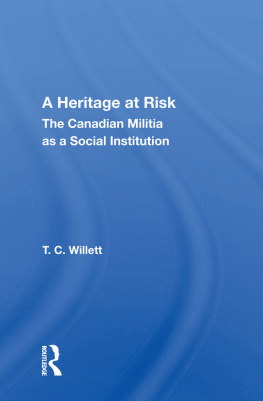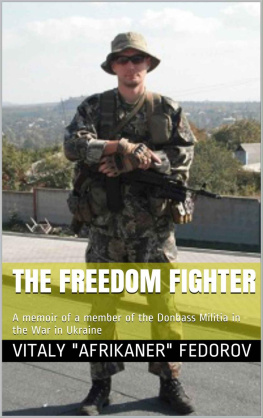First published 2015 by Ashgate Publishing
Published 2016 by Routledge
2 Park Square, Milton Park, Abingdon, Oxon OX14 4RN
711 Third Avenue, New York, NY 10017, USA
Routledge is an imprint of the Taylor & Francis Group, an informa business
Copyright Christopher L. Scott 2015
Christopher L. Scott has asserted his right under the Copyright, Designs and Patents Act, 1988, to be identified as the author of this work.
All rights reserved. No part of this book may be reprinted or reproduced or utilised in any form or by any electronic, mechanical, or other means, now known or hereafter invented, including photocopying and recording, or in any information storage or retrieval system, without permission in writing from the publishers.
Notice:
Product or corporate names may be trademarks or registered trademarks, and are used only for identification and explanation without intent to infringe.
British Library Cataloguing in Publication Data
A catalogue record for this book is available from the British Library
The Library of Congress has cataloged the printed edition as follows:
Scott, Christopher L.
The maligned militia : the west country militia of the Monmouth Rebellion, 1685 / by Christopher L. Scott.
pages cm
Includes bibliographical references and index.
ISBN 978-1-4724-3771-6 (hardcover) ISBN 978-1-3155-5576-8 (ebook) ISBN 978-1-3170-2460-6 (epub) 1. Monmouths Rebellion, 1685. 2. Great BritainMilitiaHistory17th century. I. Title.
DA448.9.S55 2015
941.06'7dc23
2014027131
ISBN 9781472437716 (hbk)
ISBN 9781315555768 (ebk-PDF)
ISBN 9781317024606 (ebk-ePUB)
Preface
My fascination with the militia of the Monmouth Rebellion began in 1985 during the 300th Anniversary Commemorations, when the civil war re-enactment regiment which I ran was employed by the cider brewer Gaymers to promote their wares. We marched through the major towns of the West Country dressed as royal troops of 1685 and gave public readings of James IIs declaration against the Duke of Monmouth, before distributing the sponsors samples in pewter pots. As part of the research for the project I read the pro-royalist accounts of the rebellion, especially the writings of John Churchill and Louis Duras, Earl of Feversham.
This had a profound effect upon my approach to studying military history because, although until then a dedicated West Countryman and latter-day Monmouth supporter, reading the accounts written by the traditional enemy opened my eyes to the folly of seeing events only through the eyes of one side in a military struggle. It also caused me to become even more critical of what was repeated in history books. As the creator of the International Guild of Battlefield Guides Validation Programme, I found myself frequently asking candidates presenting stories of battles to tell their audiences not only about the enemy perspective and which sources of enemy information they had consulted, but also to give their reasons for believing the sources they had read.
Moreover this questioning of the veracity of what is written in history books led to a growing appreciation of how bias and personal agendas play a part in most accounts. Reading round the Monmouth Rebellion, I found that the militia regiments which took part in the campaign were often sweepingly dismissed as ineffective and were proclaimed useless as military bodies. There seemed to be universal condemnation. This was therefore either a fundamental truth or a repeated myth that had, by repetition, been accepted as truth. In all probability for such a generalisation to apply to such a wide number of regiments from a spread of locations was unlikely, and the sweeping dismissal of the militia of 1685 was seldom substantiated by contemporary evidence beyond the oft-repeated and selected comments of John Churchill. I wanted to know what other contemporaries thought of the institution, especially the officers who commanded these county forces and those who reported to the Parliament which authorised the collection of their funding.
My conclusions, drawn from my research of a variety of documents from both national and West Country sources, might give an alternative view to that generally expressed about the late-seventeenth-century militia. However, rather than them being construed as revisionist, I prefer to think of them as the outcomes of the first time the subject has been properly investigated.
Given that most history is a story agreed.
Acknowledgements
No book can be undertaken without the help of professional and amateur assistance and I am indebted to an array of public servants, colleagues, and friends who have unstintingly given their help and support over the years. I would like to thank all the members of the various institutions I visited or contacted who have been helpful. Regrettably I have not kept lists of places or names, but if any reader works or has worked in a library, archive, museum, muniment room or record office and has assisted with an obscure militia enquiry, or dealt with a letter concerning Restoration county history or politics, or indeed has shared stories or discoveries with a stranger I thank you all. I wish to thank specifically the Defence Academy Library (DCMT), Shrivenham, especially Mrs Wendy Buckle and Ms Amanda Smith for their unsurpassable skill in tracking down and borrowing obscure volumes and articles for my use, and Mr Ian MacKay for his taking over of this role; his cheerful banter and continued interest were a great help. Friendly and supportive library staff make all the difference to the rather isolated world of the researcher.








